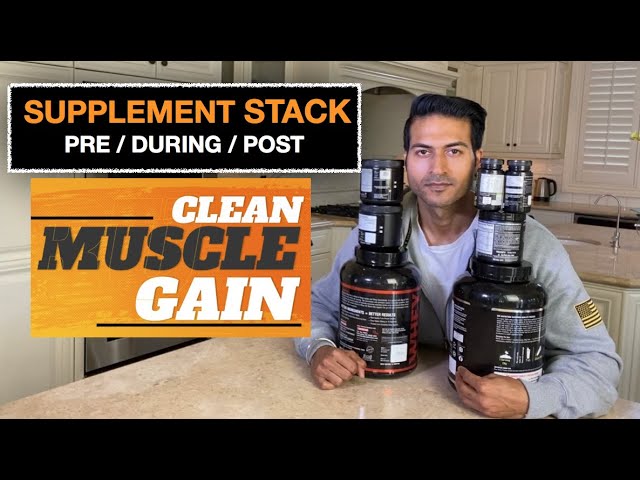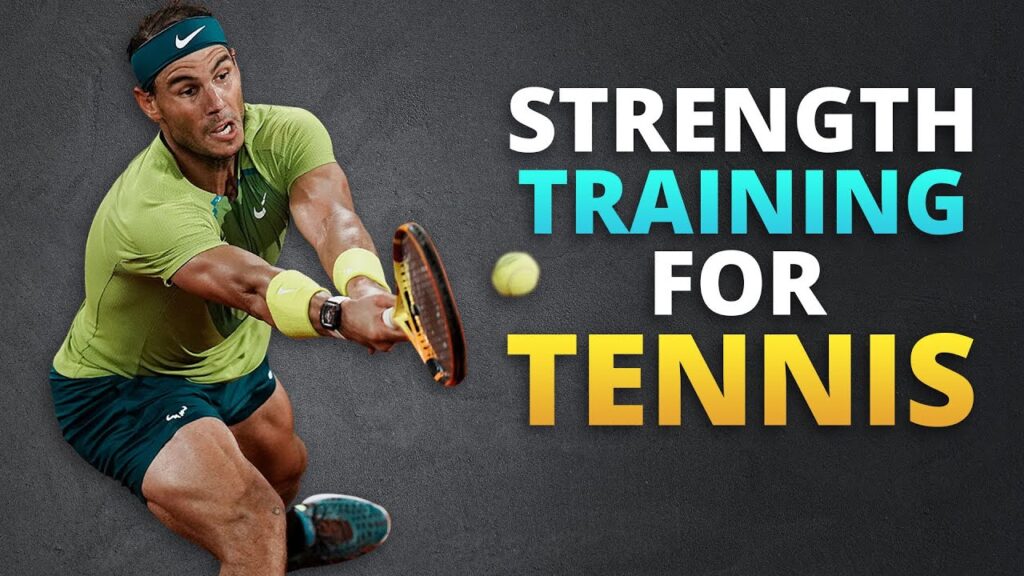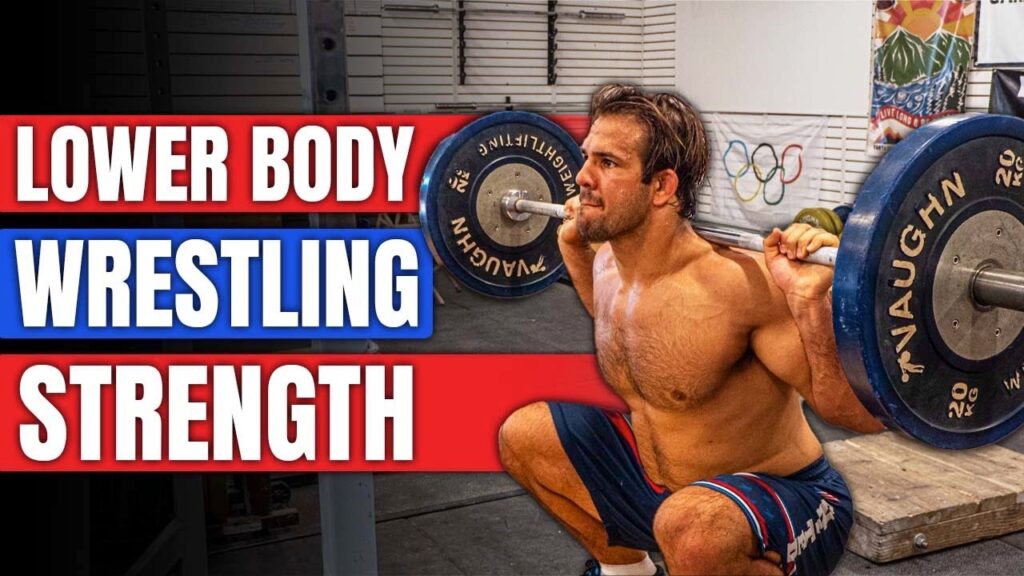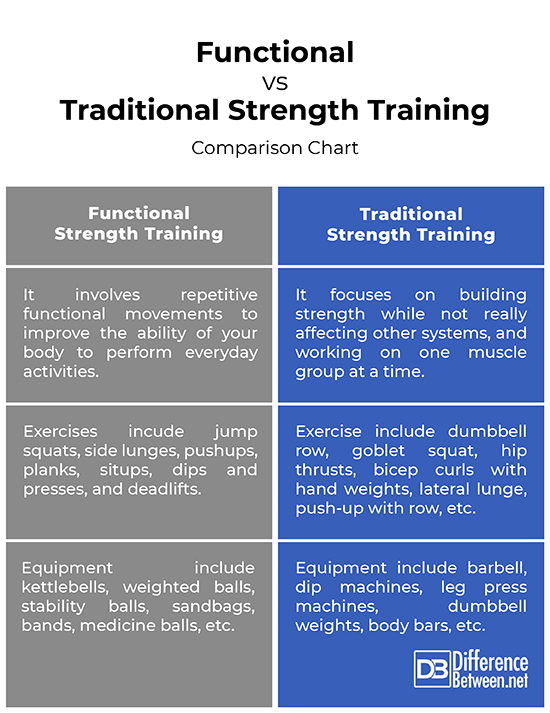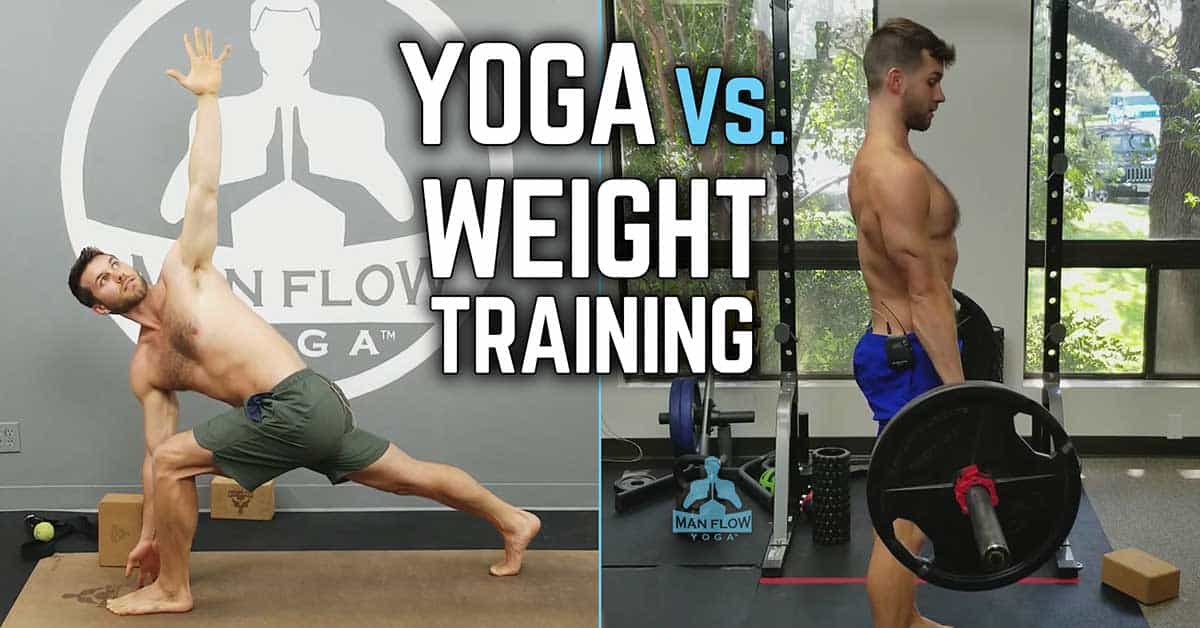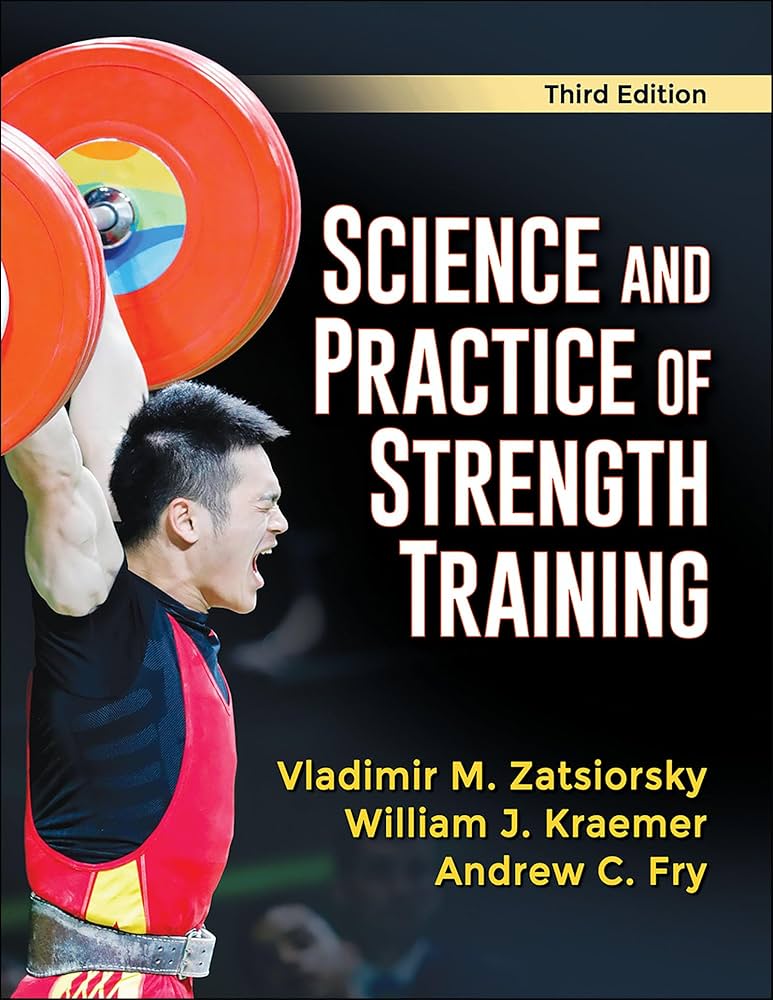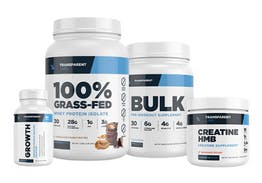Soccer strength and conditioning training enhances performance and reduces injury risk. It involves tailored exercises for agility, strength, and endurance.
Soccer players need a combination of speed, agility, and endurance to perform at their best. Effective strength and conditioning training focuses on these key areas, improving overall athleticism. This training includes exercises like sprint drills, plyometrics, and resistance workouts to build muscle and enhance cardiovascular fitness.
A well-rounded program also incorporates flexibility routines to prevent injuries. Consistency and proper technique are crucial for achieving optimal results. Athletes who commit to a structured strength and conditioning regimen can expect to see improvements in their game performance and resilience against common soccer injuries.
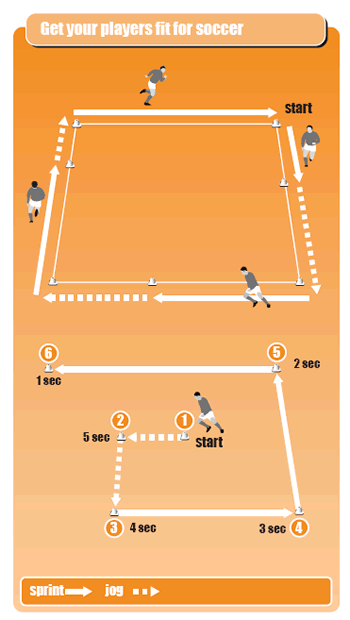
Credit: www.soccercoachweekly.net
The Role Of Strength And Conditioning In Soccer
Strength and conditioning are crucial for soccer players. Speed, agility, and endurance are key attributes. These help players perform better on the field. Strong muscles improve running speed and ball control. Agility helps in quick direction changes. Endurance lets players maintain energy for the whole game. Flexibility reduces the risk of injuries. Proper training builds all these attributes.
Good strength and conditioning improve performance. Players can run faster and longer. They can also react quickly. This gives them an edge over opponents. Injury prevention is another benefit. Strong muscles support joints and bones. Flexibility and balance help avoid strains and sprains. Proper training routines are essential. They keep players fit and ready for games.
Starting With The Basics: Core Strength
Planks are great for building core strength. Hold for 30 seconds to start. Sit-ups help too. Do 10-15 repetitions. Leg raises work the lower abs. Try to do 10-12 reps. Russian twists target obliques. Aim for 20 twists.
Add core exercises to warm-ups. This helps in making them a habit. Short sessions of 5-10 minutes work well. Spread them throughout the training day. Consistency is key for results. Do core workouts 3-4 times a week.
Lower Body Power: Building Leg Strength
Squats are great for leg power. They build strength in your thighs and glutes. Lunges help with balance and leg muscles. They make your legs stronger and more flexible. Box jumps improve your explosive power. Jumping onto a box builds leg strength fast. Deadlifts are key for strong legs. They work on your lower back and hamstrings. Calf raises build strength in your lower legs. They help you run faster and jump higher.
Strength training is important, but skills matter too. Practice dribbling to improve ball control. Passing drills help with teamwork. Shooting practice builds accuracy and confidence. Mixing strength and skill work makes a better player. Training sessions should include both types of exercises. This balance helps you get stronger and better at soccer.

Credit: www.amazon.com
Upper Body Conditioning: Often Overlooked
Upper body strength helps soccer players shield the ball. It improves balance during quick movements. Strong arms and shoulders help in throw-ins. Good upper body strength aids in tackling and jostling opponents. It also enhances overall physical endurance on the field.
Push-ups are great for building chest and arm strength. Pull-ups work wonders for the back and shoulders. Medicine ball throws help improve explosive power. Dumbbell presses focus on the chest and triceps. Bodyweight exercises are easy to do anywhere.
Speed And Agility Drills
Soccer players need to run fast. Sprinting drills can help. Short sprints improve acceleration. Long sprints build endurance. Use both for best results. Always warm up before sprints. Cool down after to prevent injuries. Repeat drills weekly for improvement.
Agility is key in soccer. Change direction fast with cone drills. Set up cones in a zigzag pattern. Run through them quickly. Use ladder drills for footwork. Step in and out of ladder spaces. Practice often for better agility. Good agility means better performance.
Stamina And Endurance Training
Soccer strength and conditioning training boosts stamina and endurance, essential for peak performance on the field. Enhance agility, speed, and overall fitness with targeted exercises.
Long-term Energy Systems Development
Building stamina requires consistent effort. Players need to run long distances regularly. This helps to improve their cardiovascular health. They should also focus on interval training. This includes alternating between sprints and jogs. Such drills enhance both aerobic and anaerobic capacities. Proper rest between exercises is crucial. It allows the muscles to recover and grow stronger.
Drills For Improving Match Stamina
There are several drills to improve match stamina. One effective drill is the shuttle run. Players sprint back and forth between two points. Another drill is the beep test. It involves running to a beep sound that speeds up gradually. Circuit training can also be beneficial. This includes a mix of running, jumping, and strength exercises.
Recovery Strategies For Soccer Athletes
Active recovery sessions help soccer players reduce muscle soreness. Light exercises like jogging or swimming are effective. These activities improve blood flow and remove waste products from muscles. Stretching is also important during active recovery. It enhances flexibility and reduces the risk of injury. Players should spend at least 20 minutes on active recovery after intense training.
Proper nutrition and hydration are crucial for soccer players. They need to refuel their bodies with the right nutrients. Carbohydrates and proteins are essential after a game. Carbs replenish energy levels, while proteins repair muscle tissues. Drinking enough water keeps the body hydrated. Electrolytes help balance the fluids in the body. Athletes should drink water and eat a balanced meal within 30 minutes post-exercise.
Periodization: Structuring The Training Calendar
Pre-season is crucial for building strength. Focus on endurance and basic skills during this time. In-season is for maintaining fitness and improving tactics. Off-season allows for recovery and light training.
Workload management helps prevent injuries. Gradually increase intensity to peak during important matches. Use rest days effectively. Balance training sessions with recovery periods.
Conditioning For Youth Soccer Players
Young soccer players need special training. They should do fun and simple exercises. Bodyweight exercises are great for them. Examples include jumping jacks, squats, and push-ups. These exercises help build strength and endurance. Kids should also play games that involve running and jumping. This keeps them active and engaged.
Start with basic skills. Focus on balance, coordination, and flexibility. These skills are important for future performance. Kids should practice dribbling and passing. They should also learn to work as a team. This helps them become better players. Consistency is key. Regular practice builds a strong foundation.
Monitoring Progress And Adjusting Programs
Track progress by recording key metrics. Note performance in drills and exercises. Compare these results over time. This helps identify strengths and weaknesses. Use a training log for detailed records. Include reps, sets, and rest periods. Analyze this data regularly. Adjust training plans based on these insights.
Increase intensity when performance plateaus. Use heart rate and perceived exertion as indicators. Ensure athletes maintain good form. Gradually add more weight or resistance. Shorten rest periods for added challenge. Monitor recovery closely. Adjust based on feedback from athletes. Make sure to avoid overtraining.

Credit: www.youtube.com
Frequently Asked Questions
How Do You Train Strength In Soccer?
Train strength in soccer with compound exercises like squats, lunges, and deadlifts. Add plyometrics for explosive power. Include core workouts and agility drills. Consistent training and proper nutrition are key.
What Is Strength And Conditioning In Soccer?
Strength and conditioning in soccer involves exercises to improve players’ physical fitness, strength, agility, and endurance, enhancing performance and reducing injury risk.
How Do You Train For Conditioning In Soccer?
Train for soccer conditioning by doing interval sprints, agility drills, and endurance runs. Incorporate strength training and plyometric exercises. Maintain a balanced diet and stay hydrated.
How Do Soccer Players Train For Endurance?
Soccer players train for endurance through interval training, long-distance running, and high-intensity workouts. They also focus on strength training and proper nutrition.
What Is Soccer Strength Training?
Soccer strength training builds muscle power and endurance. It helps improve performance and reduce injury risk.
How Often Should Soccer Players Train?
Soccer players should train strength and conditioning 2-3 times per week for optimal results.
What Exercises Improve Soccer Strength?
Squats, lunges, and deadlifts are excellent for building lower body strength crucial for soccer.
Do Soccer Players Need Conditioning?
Yes, conditioning improves cardiovascular health, endurance, and overall performance on the field.
What Are The Benefits Of Strength Training?
Strength training enhances power, speed, and agility. It also helps in injury prevention.
Can Strength Training Prevent Soccer Injuries?
Yes, strength training strengthens muscles and joints, reducing the risk of injuries.
Conclusion
Strength and conditioning training is essential for soccer players. It improves performance, reduces injury risk, and boosts overall fitness. By incorporating these exercises, athletes can achieve peak physical condition. Stay consistent and dedicated to see significant improvements. Start your training journey today and elevate your soccer skills to the next level.


